Creating your own ant farm will be a wonderful learning experience if you’ve ever examined an ant colony and wondered what’s beneath the surface. When you introduce an ant colony to your farm, you’ll get a first-hand look at ants constructing elaborate tunnels and routes, then rushing through like they’re on a mission. When thinking about starting your own ant farm you need to think what are the best ants for ant farms?

Which ants make the greatest ant farms? Many of these kinds like the Harvester ants are the ideal ants to keep on an ant farm since they are easy to maintain. Black garden ants and wood ants are other excellent choices because they are both peaceful and independent species that are easy to care for and study.
If you are looking for more of the best ants to include in your ant farm, well, wonder no more. Find out which ants are the best for your ant farm.
Choosing the Right Species
Keeping an ant farm is both an interesting and fun activity. It is, however, a huge responsibility. When you keep an ant farm, you are responsible for the well-being of every single ant in your ant family.
In such cases, it’s wise to consider why you’re keeping an ant farm and how much you know about keeping them healthy. There are about 10,000 different species of ants on the planet. Ants make up more than half of the world’s insect population.
While some ants are reasonably easy to care for, some are not appropriate for novice ant keepers. Let’s look at some of the species that are quite easy to care for novices.
1. Harvester Ants or Red Ants
Harvester ants, sometimes known as red ants, can be found in savannahs, grasslands, semi-deserts, and deserts.
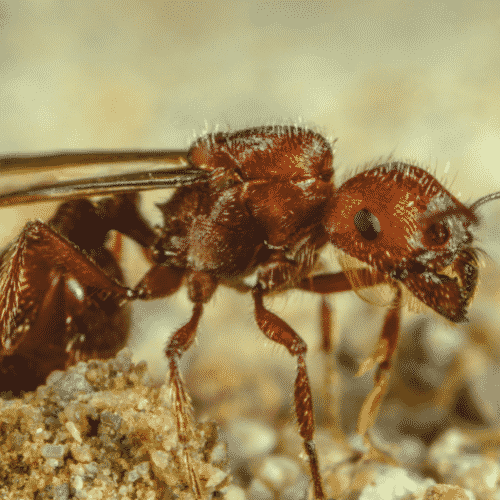
Because they are self-sufficient, these ants are very easy to keep on ant farms. Harvester ant queens continue to lay eggs indefinitely. Females are in charge of foraging for food and keeping the colonies in order. Normally, male harvester ants mate and die.
Other ants require wood to tunnel into and sugars to feed, but these ants do not. Fruits, water, diverse seeds, and dead insects are all they need to survive.
2. Black Garden Ants
These are the “garden variety” ants that can be found in almost every backyard. This species, often known as the “common ant,” can be found throughout Europe, North and South America, Asia, and Australasia.
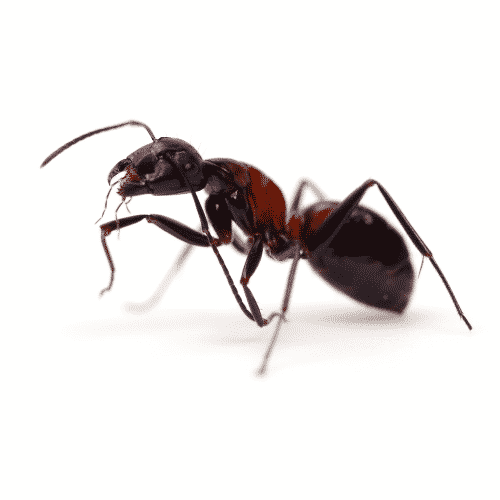
These ants are low-maintenance and flourish with minimal attention. When given syrup or sugar water, however, black garden ant colonies thrive. They usually build their nests underground, in decaying wood, or under roots.
If your colony becomes large enough, a vivarium may be preferable to a pre-made ant farm.
3. Carpenter Ants
Because of their vivid orangey hue, Carpenter ants are popular pets. As the name implies, these ants prefer to dig through the wood. They’re great for new ant farmers because they’re easy to care for.
Wood ants are not aggressive by nature, and they avoid putting their mandibles where they don’t belong. In short, they are not wanderers and prefer to stay close to their nest.

They will, however, consume everything you feed them. However, it is preferable to feed your ants a nutritious diet. As a result, dead bugs, fruits, and honey are excellent choices.
4. Fire Ants
Due to their aggressive behavior and bright colors, Solenopsis, also known as the “fire ant,” is a popular pet for many ant farmers. You might be asking why someone would want these ants for their aggressive nature. But, when you think about it, it’s not uncommon for individuals to look for harmful dogs. Snakes, lizards, venomous toads, and even certain lethal mammals fall into this category. Something about a pet being labeled as “dangerous” makes it seem more exotic and desirable.
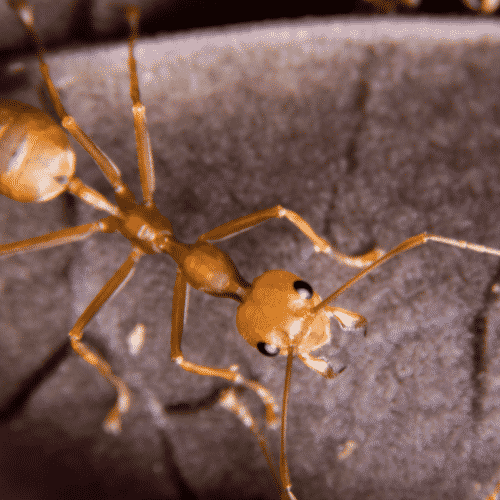
Although fire ants are little, they have a violent temperament and swarm quickly when their surroundings are disturbed. Fire ants have been known to assault people and other household pets, and if there are enough of them, they can become fatal. They need meats, dead insects, syrup, and sweet fruits to survive. Because of their terrible disposition, capacity to hurt, and diverse appetites, these ants are not advised for beginners.
5. Bulldog Ant
If you are into a more adventurous one, then you might like the Bulldog ants. The “bulldog ant,” or Myrmeciinae, is an Australian native and a favorite pet for daredevils. These ants are highly venomous and can kill humans with a painful bite. Thankfully, these ants are primarily found in woodlands and are not commonly found in more inhabited regions.
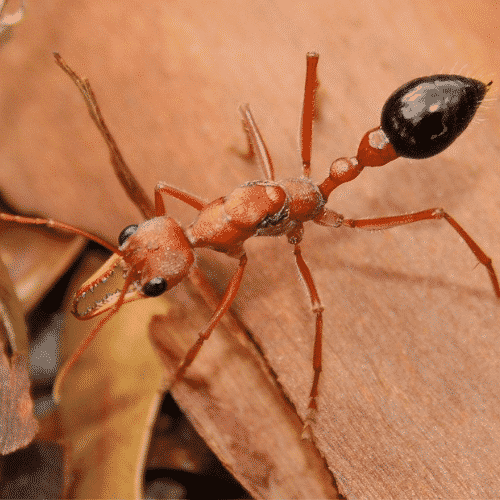
Bulldog ants, like fire ants, are aggressive, and they eat a high-maintenance diet of juicy fruits, seeds, fungus, and different meats. They’ve been known to jump, so they’re not a species you’d want in your house if the colony manages to get out of its container. Myrmeciinae are not recommended for newbie ant keepers because of all of these problems.
6. Queen Ants
When it comes to establishing an ant colony, queen ants are crucial. If you’re an ant enthusiast who wants to create your own colony from the ground up, you can buy queen ants alone or a queen ant with a few starting or “worker” ants.

You might be able to catch a wild queen ant in your area, but this is difficult because queen ants like to stay underground and away from danger. Capturing a complete colony is particularly difficult because they are accustomed to their existing surroundings and may not adjust well to confinement.
You can keep a queen ant in a test tube with a cotton ball if you buy one. If you keep it in a dark place, it’ll lay eggs and start a colony. You can return the queen ant to her natural habitat once she has laid her eggs (along with the eggs).
This is the simplest, most rewarding, and safest method of starting an ant colony. A whole colony will take anything from 4 months to a year to develop from the time you move the queen and eggs to the cage, depending on the species.
Tips on Building the Ideal Ant Farm
It’s critical to provide the proper environment for the ant species you chose in order to keep the colony alive for years. If your ants get the perfect amount of water, the right nutrients, the right materials for their formicary, and their habitat are kept at the ideal temperature, they will live a long and healthy life.
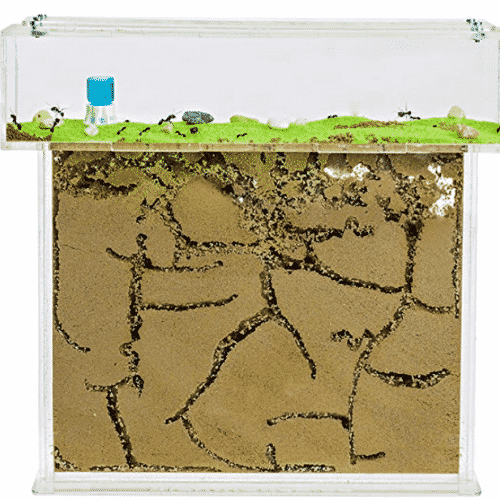
Before acquiring items for your ant colony, you should have a fundamental understanding of your ant species’ native environment so that you can duplicate it.
Depending on the ant species you choose, you might wish to invest in a formicarium designed exclusively for that species. A formicarium is a container in which your ants will dwell, and it is designed to help ants build nesting chambers, tunnels, and other locations that occur naturally in ant ecosystems.
Many ants prefer room temperature, while others prefer temperatures higher than what you might maintain in your home. You can buy a heating cable for these species that require greater temperatures.
Beginner’s Guide
For beginners, it is recommended to get an ant formicarium with both an expansion module and a moisturizing system. These things will greatly assist you in providing a habitat that can be enlarged to accommodate a growing colony and will prevent you from having to move your colony to a new formicarium down the road. Furthermore, a moisturizing system can help your ant switch get the right quantity of water it needs to survive without overdoing it.
While it’s critical to feed your ant colony with all of the nutrition and water it requires, keep in mind that these insects are foragers. That is, they must typically work very hard in their native environment to gather the food the colony requires. Yes, you must provide your colony with the proper foods.
However, do not offer them so many resources that they become overburdened. The ants must continue to work and forage naturally in order for the colony to function properly. To avoid overfeeding your ants, it is recommended to start with a little amount of food and gradually increase it as they consume what they currently have.
It’s crucial to know exactly what types of meals your ants require, in addition to maintaining the ideal habitat and delivering the perfect amounts of food. Some ants require both wood and syrup to function, whereas others require neither. It’s critical that you give the correct kinds of foods to your colony, and that you don’t force food on them that they won’t eat. Foods they won’t consume will go unused, resulting in a moldy and even dangerous environment for your ants.
9 Things Your Deceased Pet Wants You To Know
Final Words
In the end, there are many factors to consider when determining which ants can make the greatest ant farms. If you follow our advice in this article, you should be able to pick out the best ants for your ant farm. We hope we helped you in choosing the best ants for your ant farm!

Veterinarian (DVM, MS) Content Writer, Blogger, and WordPress Developer. Working as a pet/animal/bird/fish/reptile/wildlife writer for the past 7 years on many renowned platforms.




